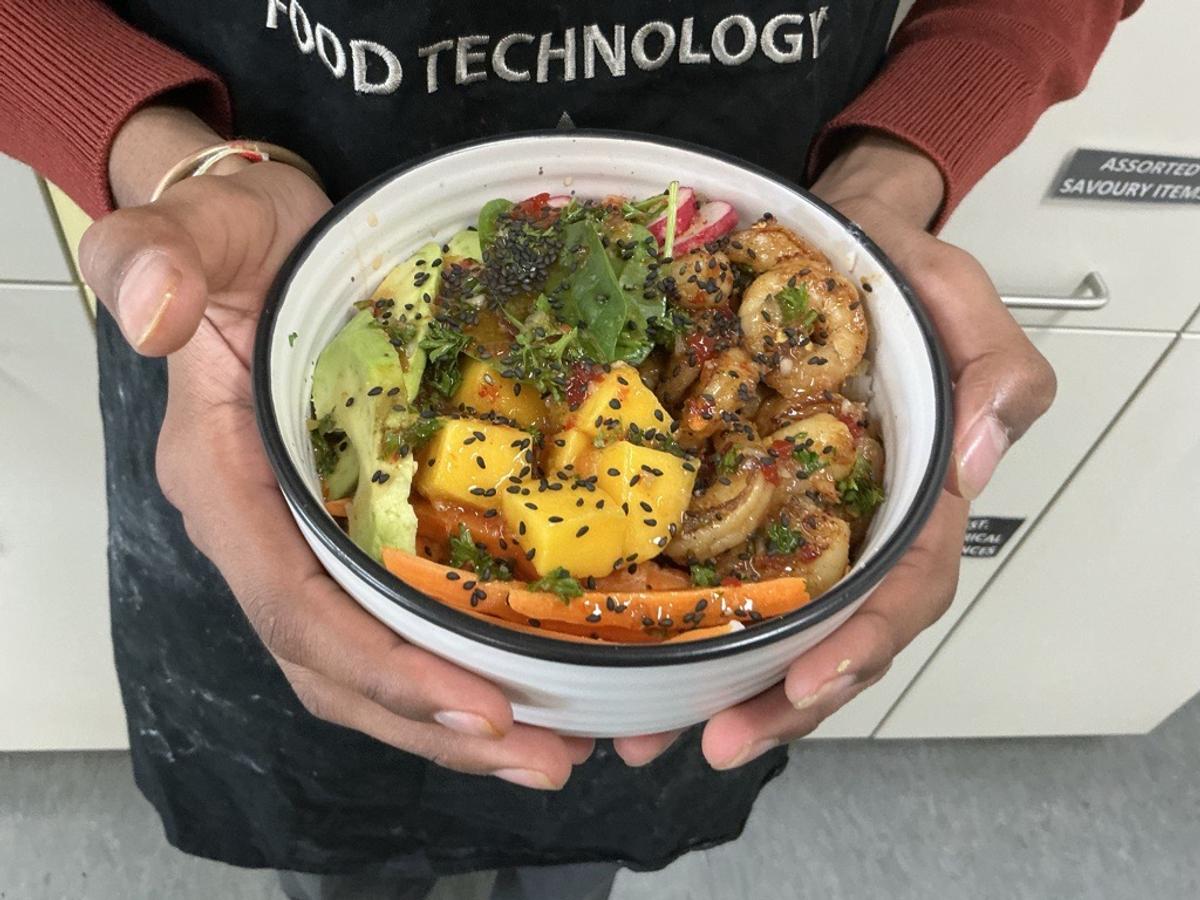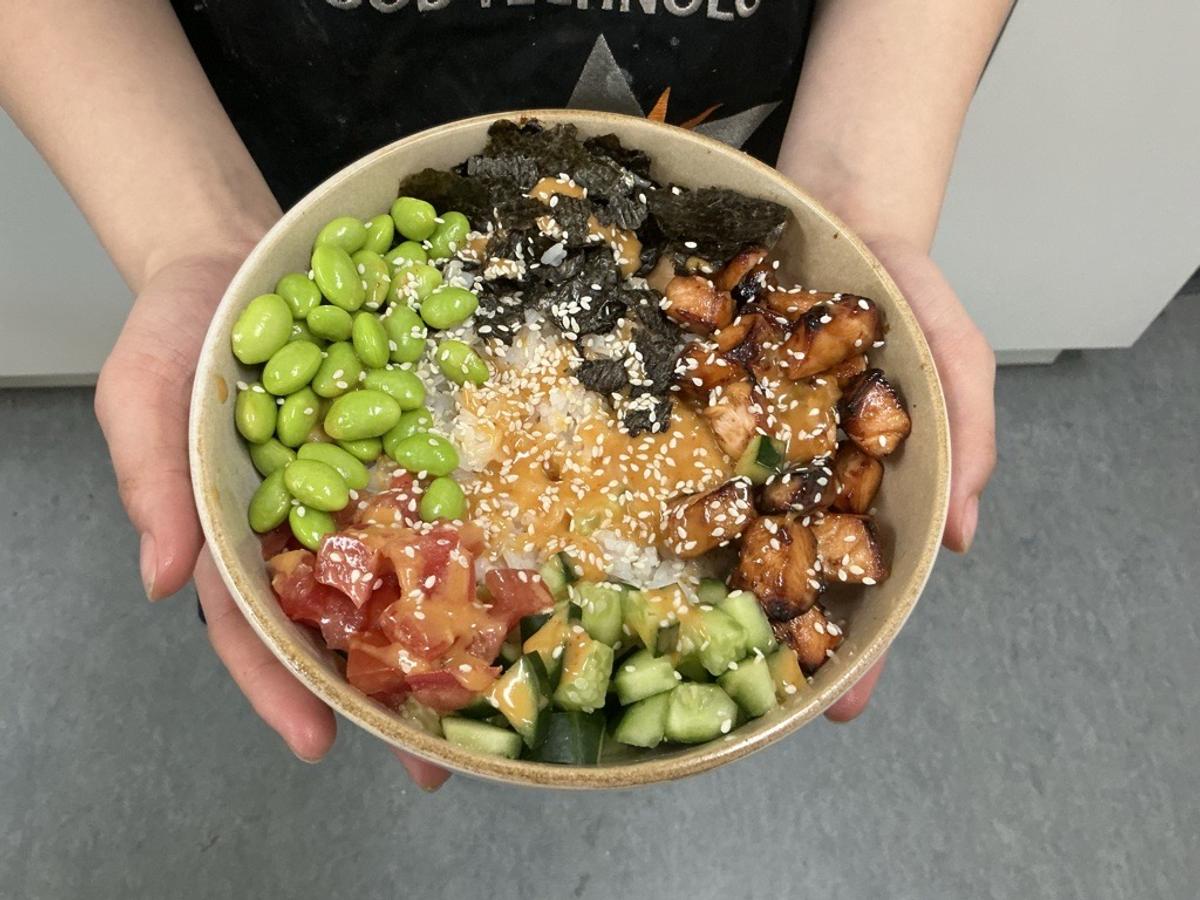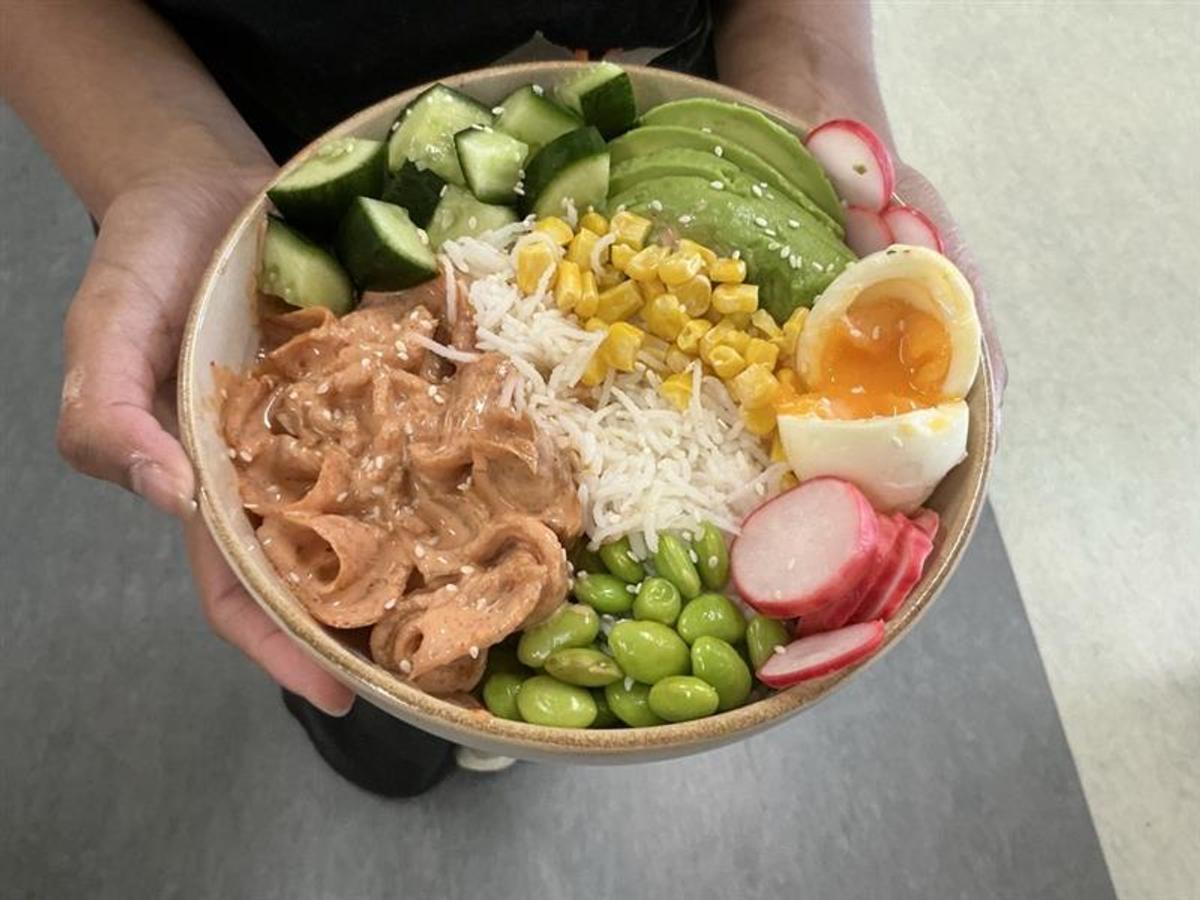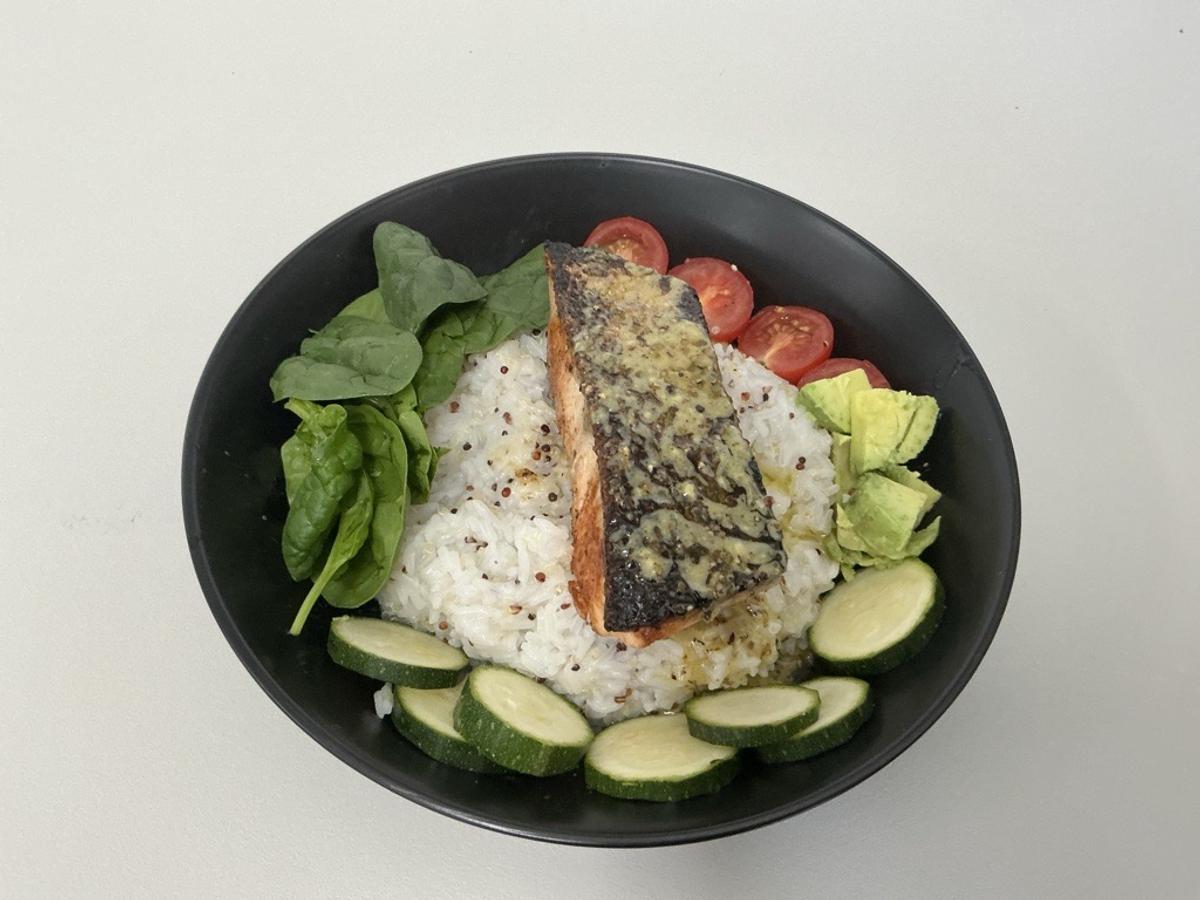Food Tech

The Science Behind Food and Mental Health
This term, we explored how the food we eat can have a direct impact on how we feel, think, and function. Research shows that nutrition doesn’t just fuel the body — it also plays a powerful role in supporting mental health.
Studies from the Murdoch Children’s Research Institute (2021) found that adolescents who eat more fruits, vegetables, and whole foods report lower levels of stress, anxiety, and depression compared to those who consume higher amounts of processed foods and sugary drinks. This highlights how dietary patterns can influence emotional wellbeing.
According to the Harvard T.H. Chan School of Public Health, foods rich in B vitamins, iron, zinc, and omega-3 fatty acids support brain function and help regulate mood. These nutrients are essential for producing neurotransmitters such as serotonin and dopamine — chemicals in the brain that influence happiness, focus, and motivation.
Research from Johns Hopkins Medicine and Carabotti et al. (2015) also explains the connection between the gut and the brain, known as the gut–brain axis. The gut is often referred to as our “second brain” because it contains millions of nerve cells that communicate with the brain. When we eat fibre-rich and fermented foods such as yogurt, kimchi, and whole grains, we help maintain healthy gut bacteria, which can improve mood and reduce anxiety.
The World Health Organization and Deakin University’s Food & Mood Centre both emphasise that a diet high in whole, unprocessed foods contribute to better emotional balance and cognitive performance.
The SMILES Trial (2017) led by Professor Felice Jacka provided strong evidence that adopting a Mediterranean-style diet — rich in vegetables, legumes, fish, olive oil, and whole grains — can significantly reduce symptoms of depression.
Emerging research continues to show that nutrition is a key part of mental health care. Studies like Rucklidge et al. (2024) have demonstrated that specific micronutrients improve resilience, reduce stress, and enhance overall wellbeing in young people.
Applying this research in class, we designed and prepared our own wellness bowls that included a balance of whole grains, protein sources, colourful vegetables, and healthy fats.
We carefully selected ingredients known to support mental wellbeing, such as leafy greens, legumes, and avocado. This hands-on activity allowed us to see how combining nutrient-rich foods into one meal not only meets physical health needs but also supports mental focus, mood, and energy — putting research into practical action.
By Yatharth Vijay Kumar -Year 10 Food Studies Student









